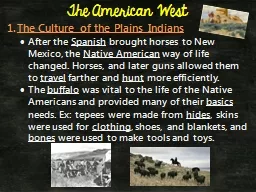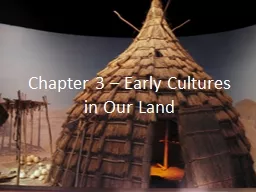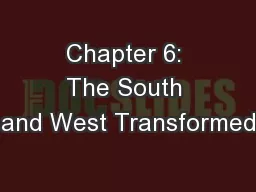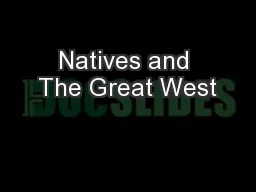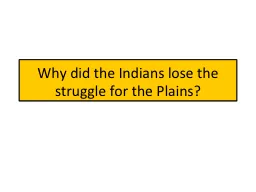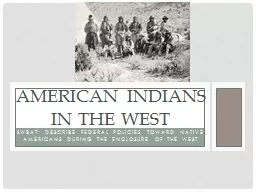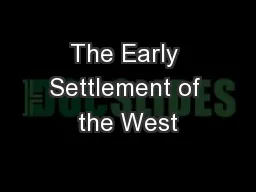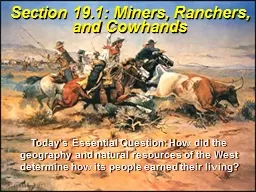PPT-The American West The Culture of the Plains Indians
Author : myesha-ticknor | Published Date : 2018-09-19
After the Spanish brought horses to New Mexico the Native American way of life changed Horses and later guns allowed them to travel farther and hunt more efficiently
Presentation Embed Code
Download Presentation
Download Presentation The PPT/PDF document "The American West The Culture of the Pl..." is the property of its rightful owner. Permission is granted to download and print the materials on this website for personal, non-commercial use only, and to display it on your personal computer provided you do not modify the materials and that you retain all copyright notices contained in the materials. By downloading content from our website, you accept the terms of this agreement.
The American West The Culture of the Plains Indians: Transcript
Download Rules Of Document
"The American West The Culture of the Plains Indians"The content belongs to its owner. You may download and print it for personal use, without modification, and keep all copyright notices. By downloading, you agree to these terms.
Related Documents

